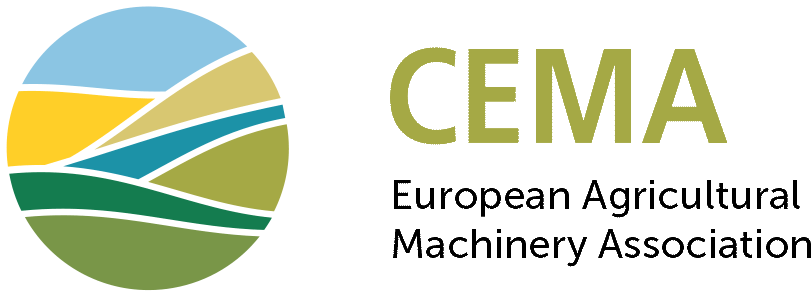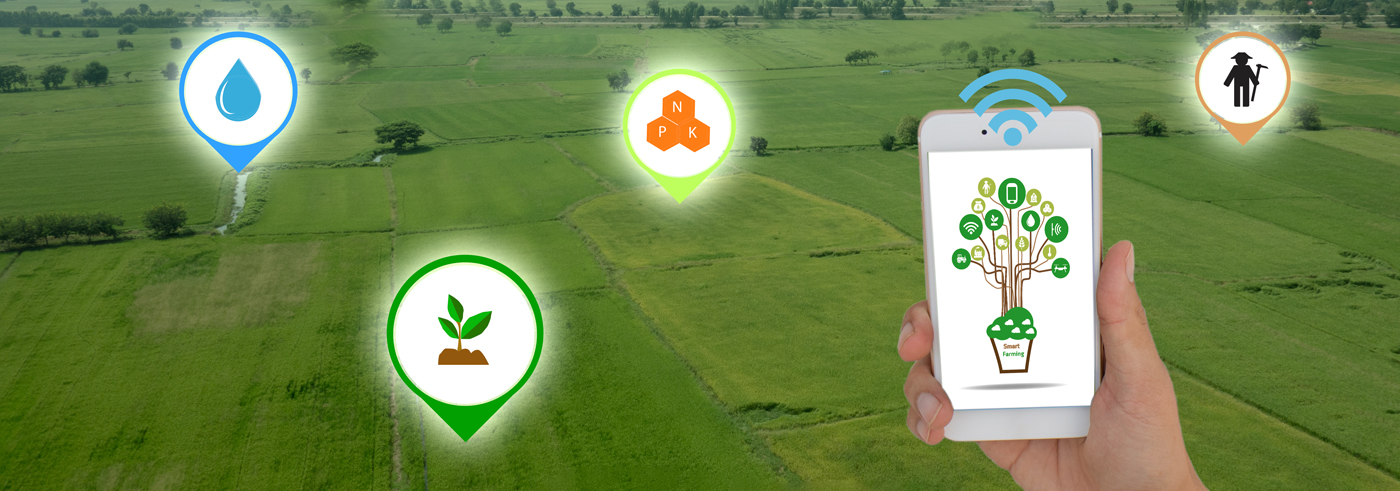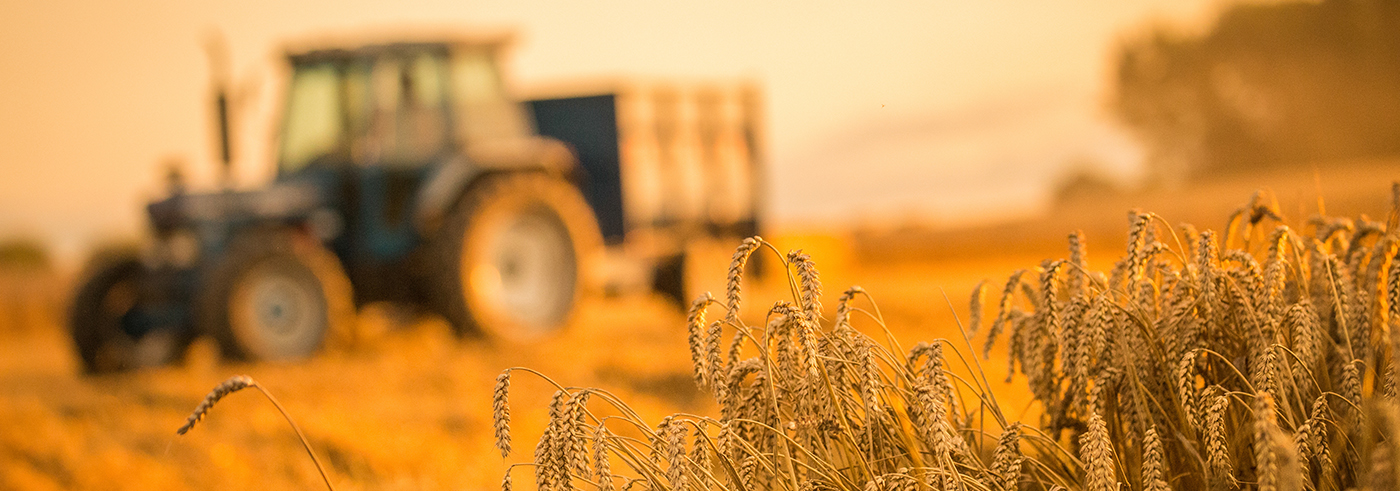CEMA's contribution to the draft act on Nitrates – updated rules on the use of certain fertilising materials from livestock manure (RENURE)
POSITION PAPER
Introduction
The agricultural machinery sector[1] welcomes the European Commission’s draft act on the use of certain fertilising materials from livestock manure[2], known as RENURE. As the draft act notes, allowing farmers to create and use RENURE contributes to food security and the European Union’s open strategic autonomy by increasing circularity in nutrient cycles thus to the benefit of farmer, environment and climate.
Whilst the draft act is a welcome step, the proposed provisions do not allow farmers to unlock the full potential of RENURE. It excludes certain innovative, easily applicable on-farm production methods for RENURE that are already available on the EU market. Production methods which result in RENURE-products that can comply with Directive’s 91/676/EEC objectives whilst offering significant agronomic benefits.
Furthermore, by laying down a limitative list of approved production methods (‘processing treatments’), the draft act completely stifles innovation aimed at new, improved production methods that can also safeguard the necessary quality to ensure reliable replacement of chemical fertilisers with RENURE. The current proposal therefore is a highly problematic departure of the standing scientific and EU guiding principle of technological neutrality.
This can and should be resolved in the amending Annex[3] by scrapping the provisions prescribing a limitative list of treatment processes or by including a provision that allows the use of RENURE produced by methods other than those described; as long as a) they meet the requirements for material quality and therefore have a similar N leaching potential and agronomic efficiency compared to chemical fertilisers as e.g. manufactured through the Haber-Bosch process and b) not induce additional adverse environmental impacts or human health risks relative to the current regulatory framework.
It is imperative to support farmers in their pathway to reduce dependency on chemical nitrogen fertilisers by diversifying the sources of fertilisers and developing the local production on farm of sustainable fertilisers: to this end the new rules should focus on enhancing the deployment of more sustainable solutions rather than adding too many constraints and burdensome complexities for the farmers who are already currently facing several challenges and for the authorities to control the implementation.
Importance of RENURE
RENURE will, under the right legislative conditions, contribute to a vibrant agricultural sector. Increasing nutrient circularity on farms will lead to lower nutrient losses to air, soil and water and a reduced reliance on chemical fertilizers. RENURE has the potential to contribute to:
- the Union’s open strategic autonomy, by enhancing its food security, and by decreasing its dependence on chemical fertilizers that necessitate limited energy and/or minerals sourced from beyond the EU;
- farmer profitability, by improving their agronomic practices, lowering their reliance on inputs from outside the farm, and valorising manure produced on-farm;
- safeguarding environmental and other sustainability goals, including those codified into existing EU legislation.
Certain types of RENURE, some of which are excluded from the Commission’s draft act (as explained below), offer the added benefit of being produced on the farm level. These processes usually require a relatively low input of chemicals, minerals and energy (with the required energy often being produced green and on-farm as well – e.g. photovoltaic); are low cost and available at a small scale; and decrease the geographical span of the mineral cycle (by reducing transport movements of raw and processed manure and negating any health-related risks that may stem from transporting manure between different locations). To ensure that the full potential and benefits of RENURE become available to not just large enterprises but also to family-owned farms, it is crucial that the legislation remains neutral in terms of processing treatments (i.e. production) technologies, without compromising on RENURE (i.e. product) quality and application (i.e. use) requirements and safeguards.
Technological neutrality
Technological neutrality should be a cornerstone of legislation whenever possible, to avoid favouring or discriminating against any technology or its manufacturers, developers, suppliers and distributors. Furthermore, adhering to this principle prevents legislation from quickly becoming obsolete and requiring further amendment. The Joint Research Council’s Technical proposals for the safe use of processed manure above the threshold established for Nitrate Vulnerable Zones by the Nitrates Directive[4] rightly use technological neutrality as a guiding principle. The current proposal by the Commission, problematically, does not.
In the JRC report, the principle of technological neutrality is respected by “[…] bringing forward RENURE criteria that (amongst other things) focus principally on material quality, rather than on production process conditions and material type.”[5] It is recommended that “[…] flexible options for the manufacturing of RENURE are enabled as long as the final objectives and targets taken up in the RENURE criteria are met. Compliance is limited to demonstrating that criteria for total carbon:total N or mineral N:total N ratios and some metals (Cu and Zn) are met by means of inexpensive and straightforward measurements for which international standards are available.”[6]
The JRC then discusses what (production) technologies are available that create products that comply with the proposed product criteria, and indicates that “[w]ith the present state of technology, these mostly include scrubbing salts, and mineral concentrates, and some liquid digestate fractions characterised by a low content of solids [emphasis added].”
Crucially, these production methods are not discussed nor proposed as prescriptive or limitative. This is also clear from the JRC report’s abstract, where it is noted that “[i]n particular, nitrogen-rich processed manure materials, such as scrubbing salts, mineral concentrates, and liquid digestates obtained through centrifugation and/or advanced solids removal might be able to meet these requirements [of a ratio of total organic carbon to total N ≤ 3 or a mineral N to total N ratio ≥ 90%, emphasis added].”. Problematically, the draft act as proposed by the Commission takes a position that is the direct opposite to the JRC position – by prescribing a limitative list of processing treatments/production methods.
The proposed amendment of Annex III to Directive 91/676/EEC, in point 2, second subparagraph, should adhere to the principle of technological neutrality and the spirit of the JRC’s position on the importance of product criteria, rather than production criteria.
The preferable approach to achieve this is by scrapping condition (i) in the Annex of the draft act. Conditions (ii) through to (x) in that Annex ensure that the goals of the proposal are still met.
Alternatively, condition (i) can be changed by including following changes (in bold):
- the livestock manure component of the fertilising material has undergone a treatment process such as methods that increase the concentration of nitrogen in mineral form, urea nitrogen or crystal-bound nitrogen, expressed as a percentage by weight of the total nitrogen compared to the input to the treatment process, resulting in any of the following:
[…]
(4) any other fertilising materials stemming from livestock manure that comply to the conditions (ii) – (x).
Furthermore, condition (iv) in the Annex of the draft act should be scrapped, as this is already covered by the EU Animal By-Products Regulation. This is in line with the JRC’s recommendations[7].
If the restrictions on processing methods as currently included in the draft act are not scrapped or amended, the guiding principle of technological neutrality is violated to the detriment of food security, farmer prosperity, and sustainability.
Recent technologies and efficient innovations
Examples of RENURE production methods that would be excluded if the proposed draft act is not amended include the following. These methods are solely included as illustration. As described above, the key point is that any technology that creates RENURE that complies with the characteristics as described above should be allowed.
Plasma treated manure/digestate
Plasma treatment of manure and digestate is a new solution that was not yet on the market during the research on SafeManure by JRC. It has been developed and thoroughly tested by independent research organisations in Europe during the last 5 years. Plasma treatment of manure captures reactive nitrogen from the atmosphere. It enables on-farm production of a sustainable, efficient and safe fertiliser which enhances circular farming. The resulting product has a high Nitrogen Use Efficiency and has a demonstrated increase in efficient plant uptake of nitrogen, reducing nitrate leaching into the waterways as well as ammonia emission into the wider environment. It also improves the overall climate (GHG) footprint of the farm. It is a controlled processing method that can reliably yield materials of a consistent quality in accordance with specified criteria and matches the requirements that are defined. An example of this technology is the GEA ProManure E2950 Manure Enricher, which has a documented 95% reduction of ammonia and 99,9% of methane emissions from livestock slurry and digestate storage and is already commercially available.
Urine separation
Circular manure systems such as the Lely Sphere and the Hanskamp CowToilet do not only create fertilising materials that are compliant to the RENURE characteristics as described by the JRC, they also reduce ammonia emissions via the air – thus contributing to, amongst others things, the goals of Directive 92/43/EEC.
The Lely Sphere recovers an average of 70% of a dairy barn’s ammonia emissions and creates three separate circular mineral streams. Instead of traditional manure slurry the Lely Sphere captures ammonia from the air and separately stores it in a mineral nitrogen solution; and separates the nitrogen and potassium-rich urine and the feces (which contains organic nitrogen and phosphate) at the source. The system is commercially available after a stringent market access procedure. It already successfully operates at over 25 dairy farms, to the benefit of the cow, the farmer and the environment.
A second example is the Hanskamp CowToilet, a system that has been tested and checked by Wageningen University & Research at the DairyCampus where they measured the emissions and the manure minerals. Based on their research, a NH3 reduction up to 49% can be achieved. The cow urine is separately collected and stored in an air-sealed silo avoiding further emissions in storage. Farmers can use this urine for precision farming or for selling it to horticulture entrepreneurs. An ideal system for family-owned farms.
The urine produced via these technologies contains a relatively high mineral concentration and a low carbon concentration (C/N ratio ≤3)[8]. Urine separation with addition of a low emission housing technique results in a cleaner and safer climate for the cows and farmer. The result of each separation process gives a steady urine flow, with a steady content. There can be a difference between locations due to factors such as feed, breed, farm design. Nevertheless, the separation product (urine) can easily be monitored for its production and also monitoring for quality demands can be applied before application.
Multiple research departments, manufacturers of fertilization techniques and even more farmers are familiar with urine product for fertilization purposes. As mentioned in the Annex, product containing nitrogen more than 60% other than nitrate (ammonium/urea) and with pH > 5.5 should take appropriate measures to avoid negative impact on its environment. The above statement covers all urine products, which therefore should be applied in a way which reduces emissions. Urine is an easy-to-handle product, making it suitable for precision fertilization techniques, or other techniques suitable for liquid products with low solid content aimed at emission reduction – which are also already on the market.
In addition to qualifying urine as RENURE, its impact on closing the nitrogen cycle on farm is huge. The technological solutions mentioned above require no or very limited chemical input. They reduce transportation movements, which is preferable for the environment. Classifying separated urine as RENURE is also attractive for small and extensive farms instead of a costly manure processing product that is interesting for mainly large-scale and intensive farms. By allowing urine as RENURE only on the farm where it is produced, there is no risk on spreading diseases.
In conclusion, use of urine as RENURE is a circular approach, closing nutrient loops. They are the resultant of simple systems that also fit on smaller farms, require limited or no chemical inputs, and can be applied to the land using technologies that ensure appropriate precautions to limit the loss of nutrients to air and water.
The focus of this position paper is on the production phase of the RENURE. Concerning the product criteria as well as the use phase, the agricultural machinery sector recommends that private certification is used to safeguard adherence to the quality criteria, as this will allow innovative technology providers to continue development of solutions without undue legislative blockages. One such innovative example ensures the manure is stored free of rainwater and air to naturally increase the storage capacity, allowing farmers to follow the time restrictions for spreading the digestate that is produced in a biogas facility, making sure it is applied at the moment that is optimal for the crop. There are also promising developments in technological possibilities for precision application of RENURE, for example by using a near-Infrared (NIR) sensor that allows the measurement of ingredients in real time (found in the John Deere HarvestLab 3000 as certified by DLG - the German Agricultural Society, for example). In some Member States, conversations with accredited institutions about certification schemes in line with the JRC’s recommendations are already advanced. Such an approach is key to ensure continued innovation without unnecessary administrative barriers.
[1] This CEMA position paper includes technical input from FME (the Dutch technology industry association) and innovative machinery providers GEA, Hanskamp and Lely.
[2] The Draft Directive and Annex as consulted on https://ec.europa.eu/info/law/better-regulation/have-your-say/initiatives/14242-Nitrates-updated-rules-on-the-use-of-certain-fertilising-materials-from-livestock-manure-RENURE-_en
[3] I.e. methods other than the stripping and scrubbing of ammonia to produce ammonium salts, application of reverse osmosis to produce mineral concentrates, and nitrogen-rich phosphate salts (struvite) precipitated out of livestock manure.
[4] Huygens, D., Orveillon, G., Lugato, E., Tavazzi, S., Comero, S., Jones, A., Gawlik, B. and Saveyn, H., Technical proposals for the safe use of processed manure above the threshold established for Nitrate Vulnerable Zones by the Nitrates Directive (91/676/EEC), EUR 30363 EN, Publications Office of the European Union, Luxembourg, 2020, ISBN 978-92-76-21539-4, doi:10.2760/373351, JRC121636.
[5] Ibid., page 92
[6] Ibid.
[7] Ibid., page 14 - 15
[8] Van Boxmeer, E.G.G., H. Schilder, N. Verdoes, P.J. Galama, G.C.C. Kupers, 2023. Samenstelling mestproducten uit innovatieve stalsystemen in de melkvee-, varkens- en kalverhouderij; Betere stal, betere mest, betere oogst. Wageningen Livestock Research, Rapport 1410.








